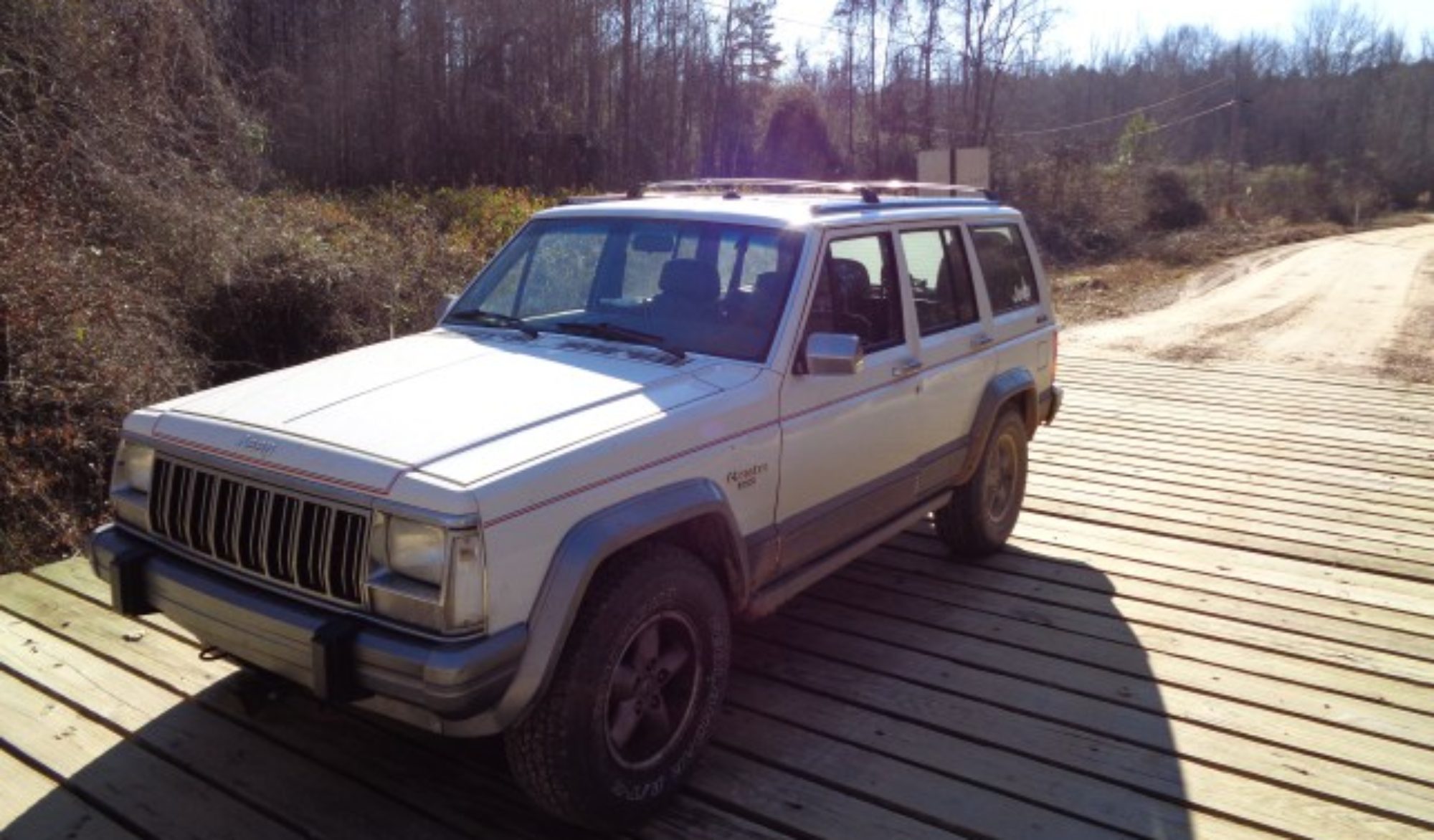The Power of Passion by Alan Hobson and Jamie Clarke – Book review
I just finished reading The Power of Passion. This book is about the authors’ two attempts to climb Mount Everest.
I have never had much interest in mountain climbing myself. “Because it’s there” is as much a reason to avoid a place as it is to go there so Sir Hillary’s words don’t really inspire me much. For example, if there is a wasp nest or a copper head under a rock, “Because it’s there” is a very good reason to avoid the place.
A place that is freezing cold and does not have enough oxygen to support life is a place for me to avoid. However that does not at all diminish my admiration for those who have the passion for such adventure and have made the effort.
I was a bit disappointed by this book however due in part to its cover design. On the cover it describes the authors as “Everest Summiteers.” I was expecting a story about people who actually made it to the top of the mountain. A more accurate title would be “A History of a Campaign that Failed” although these writers in no other way compare to Mr. Twain.
The book describes two adventures to the mountain, the first where they lack experience and the second where they are under equipped. There is a note in the end of the book that tells us that the authors did eventually make it to the top, but this is not that story.
I had never even imagined what it is like to climb Mount Everest. I prefer to drive my Jeep to remote locations and maybe take a short hike to the look out. Just getting to the base of Mt Everest is an adventure as described it the book. Some of their “bad luck” might have been prevented by better planning but I can see how difficult it is to prepare for an adventure on the other side of the world in a remote setting like this.
I also found the title of the book to be misleading. I did not see much in the way of the power of passion being used to overcome any obstacles. I did see that the adventurers were determined to accomplish their goal, but I did not see any clear examples where passion was the obvious motivating factor. Stubbornness maybe, but not passion.
There is one scene in the story where a climber nearly dies and he is motivated to live through a satellite phone conversation with his young children. His passion for his family may be the underlying lesson but it is not really made clear in the story. The story seems to be more about people working together as a team to save a fellow climber even though they had decide before they left that they would not make such a sacrifice if faced with the choice.
I did learn one interesting fact about adventuring that made reading the book worthwhile. I learned how adventures such as these are financed. I had always imagined that the climbers were somehow independently wealthy playboys who had nothing else to do but go risk their lives on a mountain.
I had never grasped the concept of an adventure sponsor before. It turns out that the most difficult part of the journey for these guys was raising the money to go. The effort required to organize and finance the trip was so taxing on them that it sapped the energy they needed to actually make the climb. Having organized large events before, I can relate to the amount of effort that must be required to organize an expedition to Everest.
The dealing with sponsors must be incredibly nerve racking and mentally challenging. There is certainly some travel involved so it would be physically challenging as well. Also there would be the interruption on the physical training required for the trip.
I really enjoyed reading the stories of the challenges faced by the climbers and the stories of how they worked together to make sure every one got home alive even if they did not make their goal of reaching the summit. I can’t imagine the pain of coming that close to the goal and having to turn back. I am not sure I could have turned back. I might have been like so many other climbers and made my way to the top only to die on the descent.
I admire their courage and ability to make good decisions in the harshest conditions possible. They were exhausted, could not get enough oxygen and were freezing cold. The cold alone would do me in not even adding the other factors.
Overall, I enjoyed the book and I would like to read more about their campaign that actually succeeded. There is only a brief note at the end and a promise of another book that I have not yet found.








